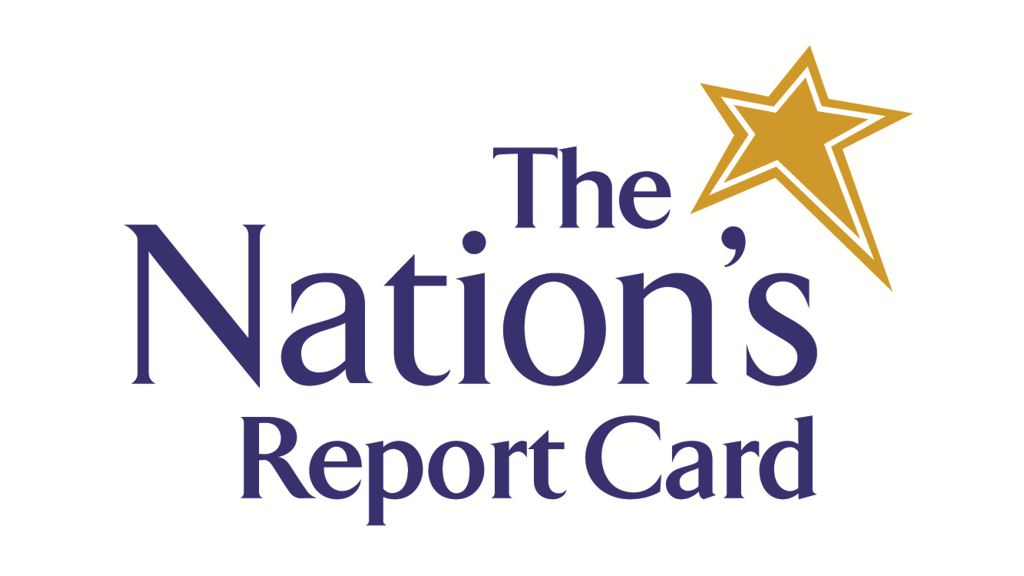A typical 8th grader could not explain the functions of circulatory, respiratory, and digestive systems, the National Report Card noted.
Most U.S. high school seniors earn a high school diploma despite not being proficient in reading or math, and scores in some subject areas have declined since 1992, the Department of Education announced on Sept. 9.
The latest results from the 2024 National Assessment of Educational Progress “Report Card”, which is based on state-level assessment results compiled by the federal agency’s National Center for Education Statistics, also indicate that 69 percent of public school 8th graders were below proficiency levels in science.
All told, scores across all three subject areas remain below pre-pandemic levels.
The prior 2024 release noted that 69 percent of 4th graders and 70 percent of 8th graders aren’t proficient in reading, and 61 percent of 4th graders and 72 percent of 8th graders aren’t proficient in math.
“Today’s NAEP results confirm a devastating trend: American students are testing at historic lows across all of K–12,” Education Secretary Linda McMahon said in a Sept. 9 news release.
“Despite spending billions annually on numerous K–12 programs, the achievement gap is widening, and more high school seniors are performing below the basic benchmark in math and reading than ever before.”
Prior Department of Education reports indicate that math scores across elementary, middle, and high school students in most states have decreased for more than a decade, while drastic declines in reading performance date back to 2017.
The assessment report categorizes performance into three levels: below basic, basic, and proficient, which aligns with the expectation of demonstrating grade-level subject matter.
While a student who performs at basic or below basic levels in reading isn’t considered illiterate, those categorizations indicate that a student might not comprehend the main ideas in paragraphs, even if they are familiar with the definitions of the words in them.
For 8th-grade science, the latest report notes, the national proficiency level, at 31 percent, is a point higher than in 2009 but four points lower than in 2019.
Meanwhile, the vast majority of students have tested at basic or below-basic levels in the past 15 years.








